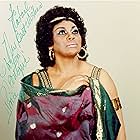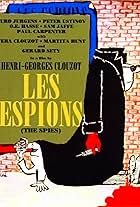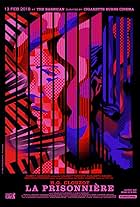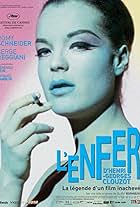I cannot agree with the other reviewer that Henri George Clouzot (Yes, the esteemed director of "Diabolique" etc.) was so good at what he was doing as director of this film. Shooting a feature film and a musical performance are not the same thing and the camera work often is not focused on the performers who are singing (mostly) and instead to be showing tremolo strings or Von Karajan admiring his own beautiful hands, for example! And the beginning is recorded so softly that it is virtually inaudible unless the volume is turned up (and turned down again later on so as not to clip the speakers.). Some of the balances are also quite poorly judged at times.
But I agree that the singing is generally as good as it gets and the early stereo sound is also more than adequate. Yes, Ghiaurov's pitch is a bit questionable in the "Mors stupebit" but he is otherwise excellent dramatically as well as vocally in this disguised "opera". And one gets the opportunity to see the almost unrecognizable young Pavarotti before he became a "personality". No, he's not a sylph even here but is a baby compared to the later "Luchianissimo" who became a huge "personality". Yes, he had looks (!) and vocally he could do anything.
Fiorenza Cossotto, the premiere mezzo-soprano of her generation, is also excellent even if she reportedly started having vocal problems at about this time. Leontyne Price rises to the occasion as well and both women use chest voice sparingly.
Karajan conducts a fine dramatic, if less than Italianate, performance.
Verdi wrote the last section "Libera me" originally for a Rossini Requiem and finished it in 1869 but it was not performed in this form in Verdi's lifetime. But in 1873, the poet and novelist Alessandro Manzoni died and this time Verdi revised and expanded this movement as well as composing the rest of the Requiem himself. (This is also known as the "Manzoni" Requiem.) It seems obvious to me at least, that the "Tuba Miram" section of the "Dies Irae" was inspired by the similar one by Hector Berlioz with its "stereophonic" use of brass choirs scattered through the auditorium or at least its balconies.
It should be mentioned that Verdi was an outspoken, often embarrassingly so, atheist (as was Berlioz.)!






















